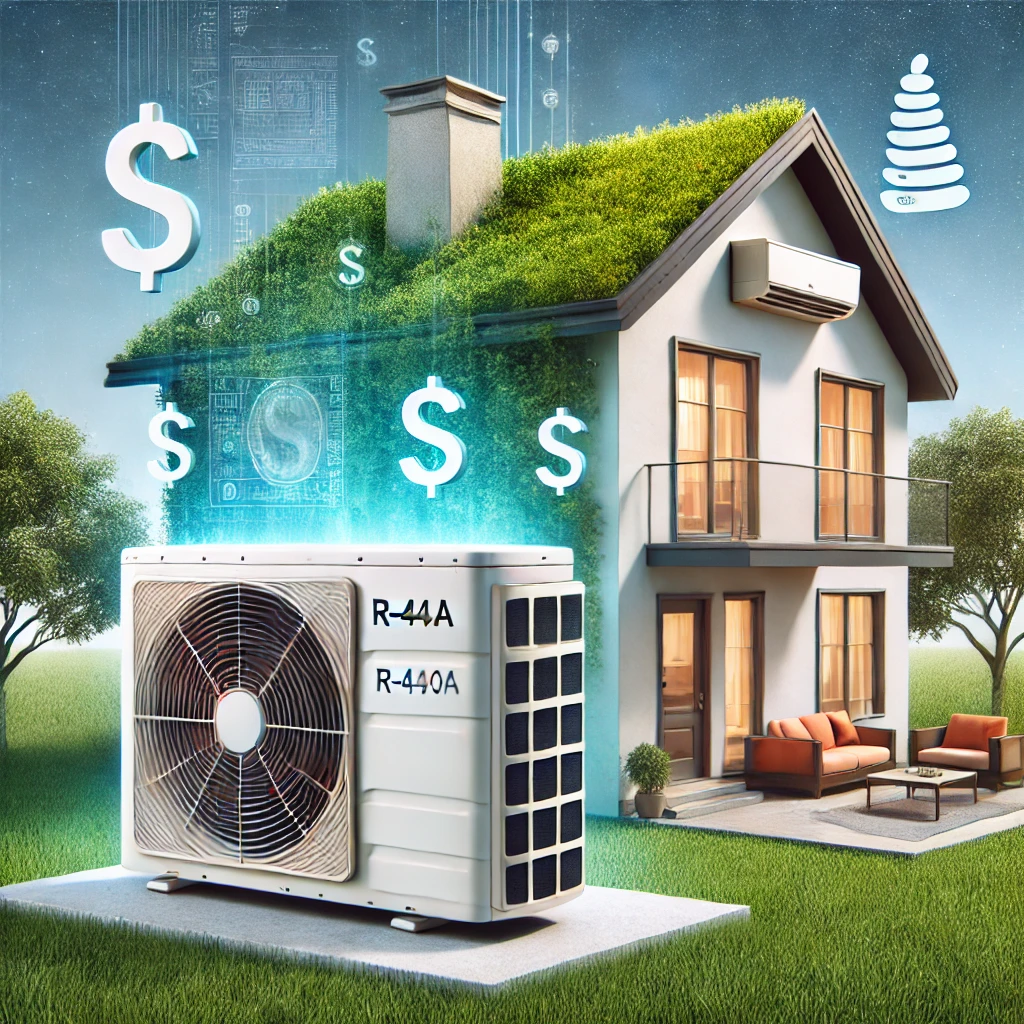As we approach 2025, homeowners might want to take a serious look at their air conditioning systems. The HVAC industry is facing a significant shift due to new EPA refrigerant regulations. These changes, which focus on phasing out the widely used R-410A refrigerant in favor of more eco-friendly options like R-454B, have potential implications for both the environment and your wallet.

Here’s what you need to know:
What’s Changing and Why
Starting in 2025, the EPA will begin phasing out R-410A, a common refrigerant used in air conditioning systems. This move is part of a broader push to reduce greenhouse gases that harm the environment. R-410A is a hydrofluorocarbon (HFC) that contributes to global warming, and its replacement, R-454B, is much more environmentally friendly.
While this is a positive step for reducing emissions, it also means big changes for homeowners. If you’re thinking about upgrading or repairing your air conditioning system, this shift will affect both the availability of refrigerants and the cost of maintaining or replacing units.
The Financial Impact: Repair Costs Could Skyrocket
One of the main issues homeowners will face is the rising cost of R-410A. As the EPA phases out this refrigerant, its availability will shrink, making it more expensive to refill older AC systems that still rely on it. This means that if your air conditioner requires R-410A, repairs could become significantly more costly after 2025.
In addition, new systems that use R-454B will likely have a higher upfront cost as the technology is newer, and installation may require specialized skills. However, these systems are expected to be more energy-efficient, which could save you money on energy bills in the long term.
Should You Replace Your AC Now?
If your current air conditioner is nearing the end of its life, replacing it before 2025 might save you from dealing with the headaches associated with the refrigerant changeover. Here’s why:
- Avoid Higher Repair Costs: If your system uses R-410A and you experience a refrigerant leak after 2025, the cost of replacing that refrigerant could be significantly higher.
- Take Advantage of Current Pricing: Right now, systems using R-410A are still available at standard prices. Once the shift to R-454B becomes mandatory, new systems may become more expensive as demand for the newer technology grows.
- Better Efficiency: Newer systems designed for R-454B are more energy-efficient, which could offset the higher upfront cost over time through lower energy bills.
What Happens If You Don’t Replace It?
If you decide to stick with your current system, there’s no immediate need for concern as long as it’s functioning properly. But you should be prepared for the potential increase in maintenance costs. While you won’t be forced to replace your R-410A system right away, refrigerant refills and repairs could become a financial burden in the years following 2025.
Final Thoughts: Plan Ahead
Replacing your air conditioning system before 2025 could help you avoid the upcoming refrigerant transition issues. However, if your system is in good condition and you’re not ready to upgrade, make sure to keep an eye on repair costs and potential refrigerant price hikes. It’s all about weighing the immediate costs against future expenses.
Being proactive now could save you significant money and hassle down the line. If you need help assessing your current HVAC system or planning a replacement, reach out to a local HVAC professional to explore your options.
